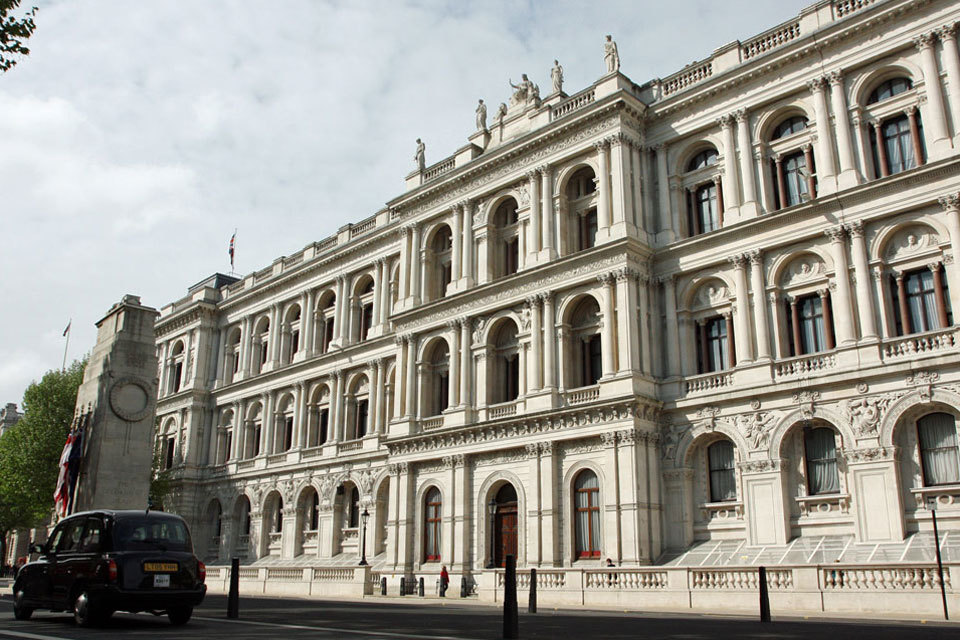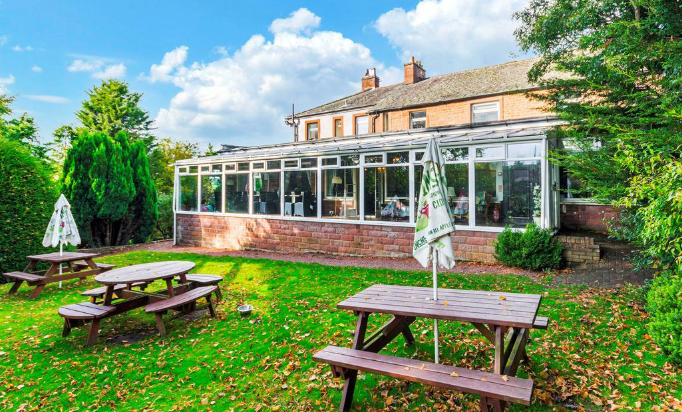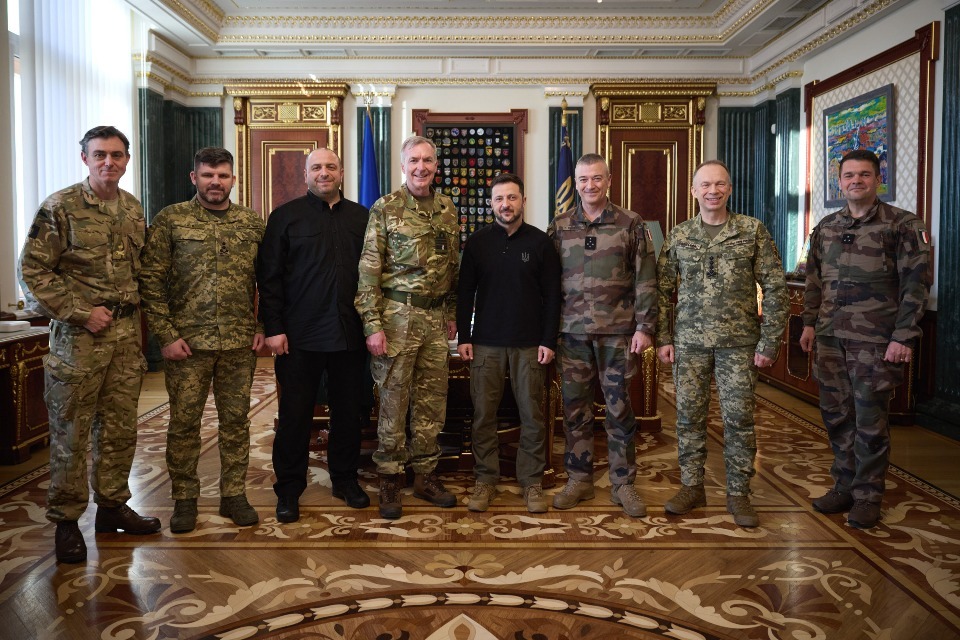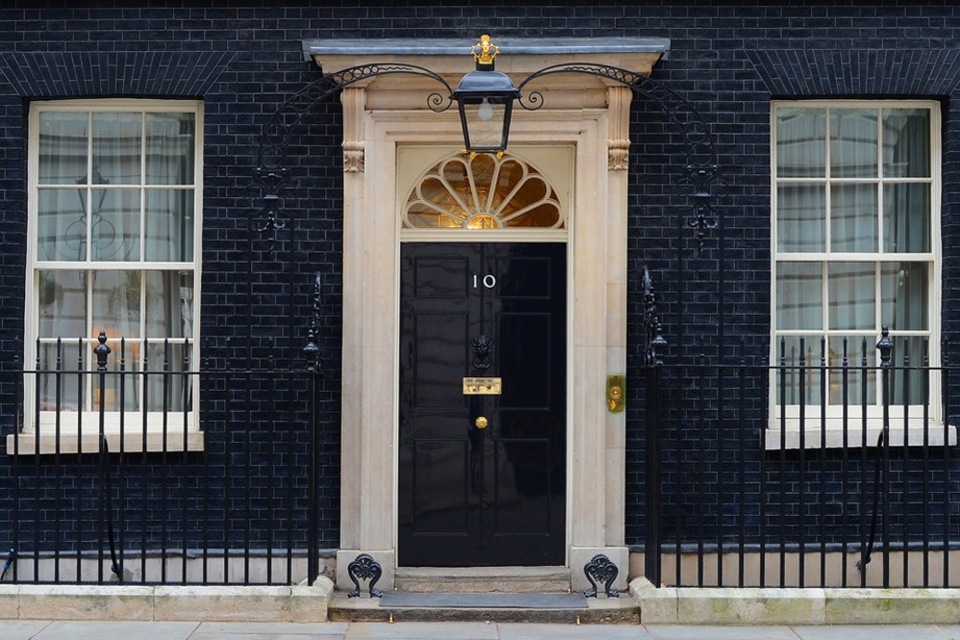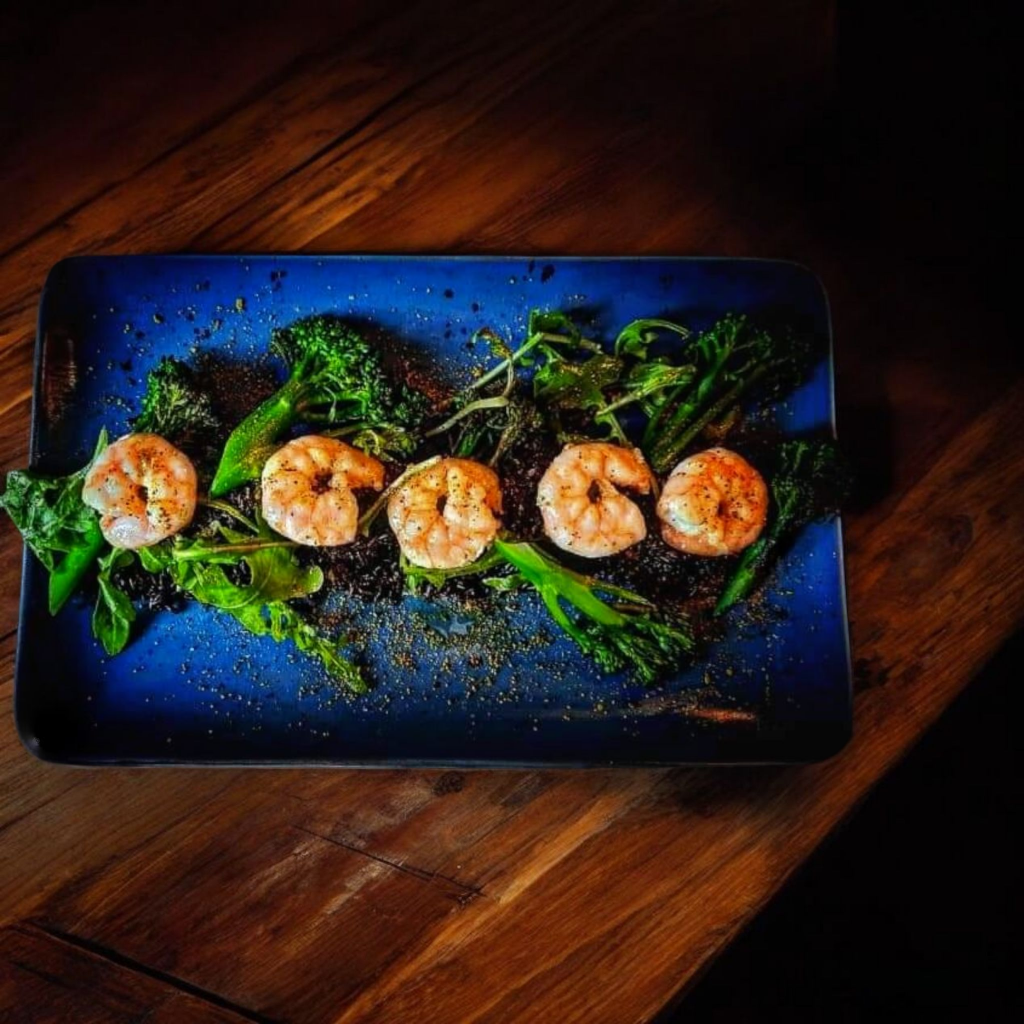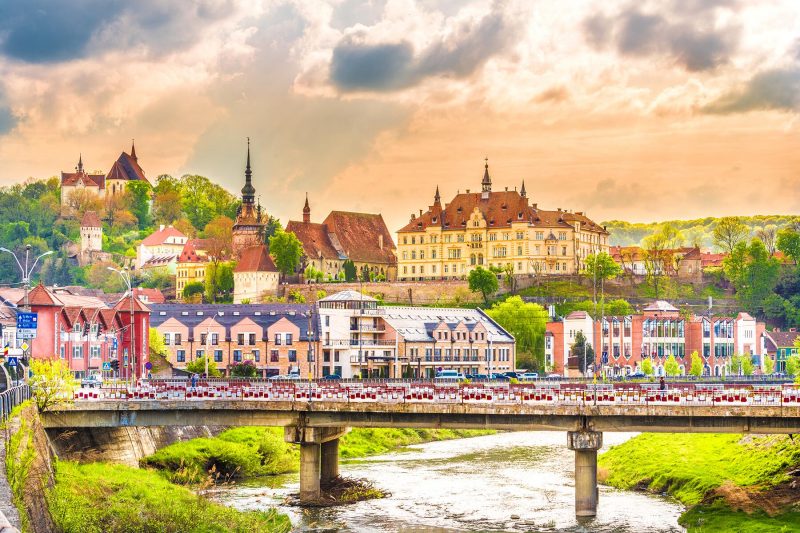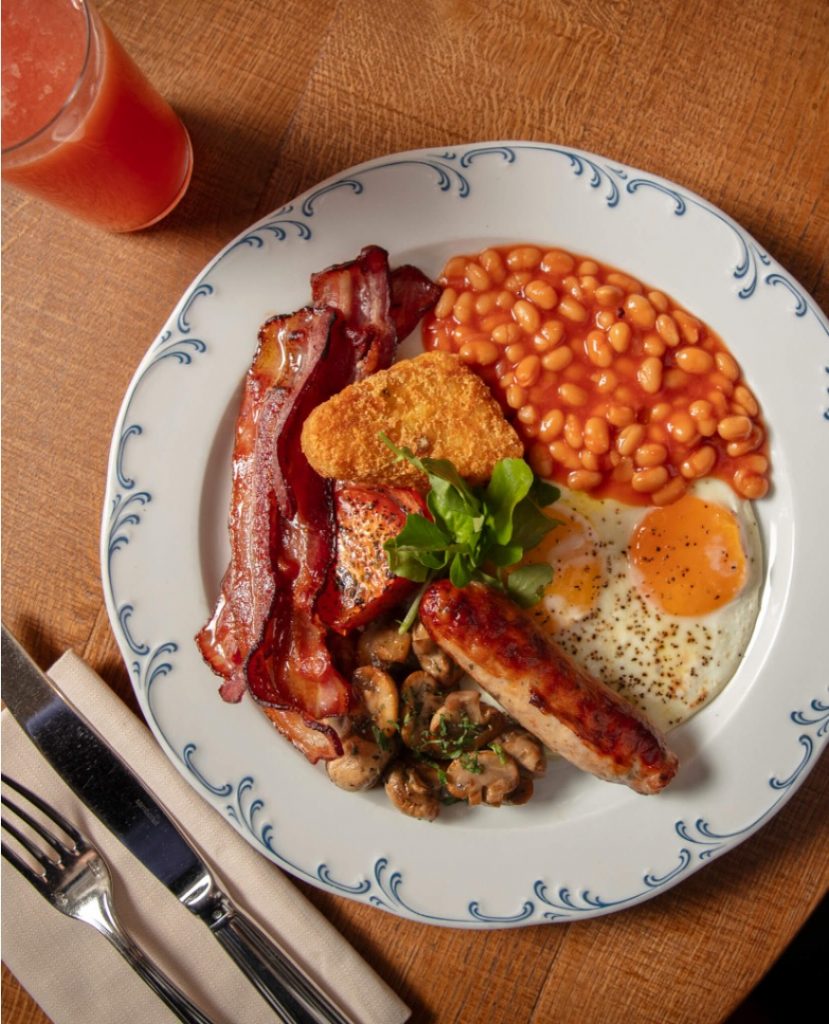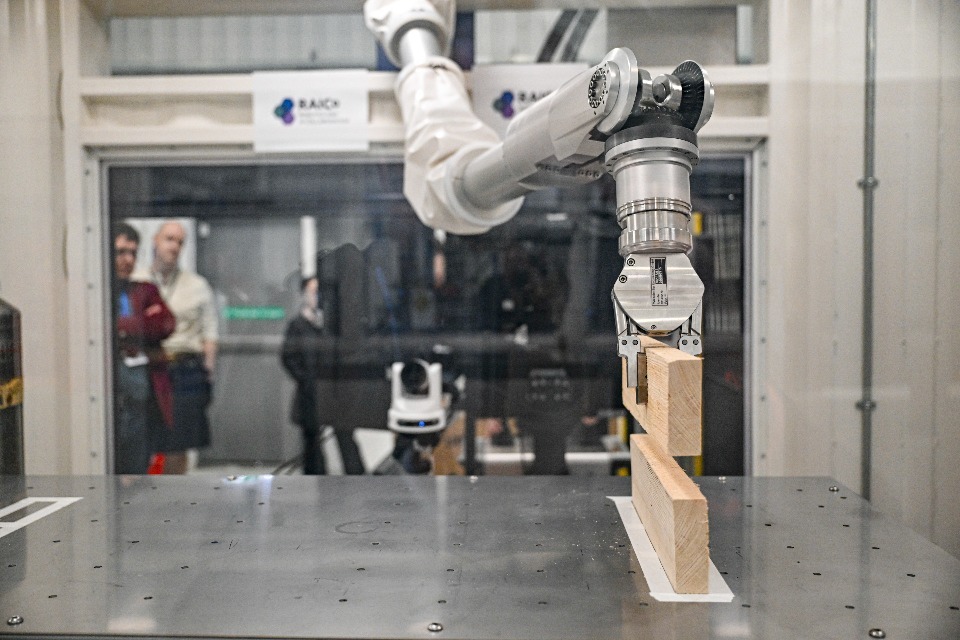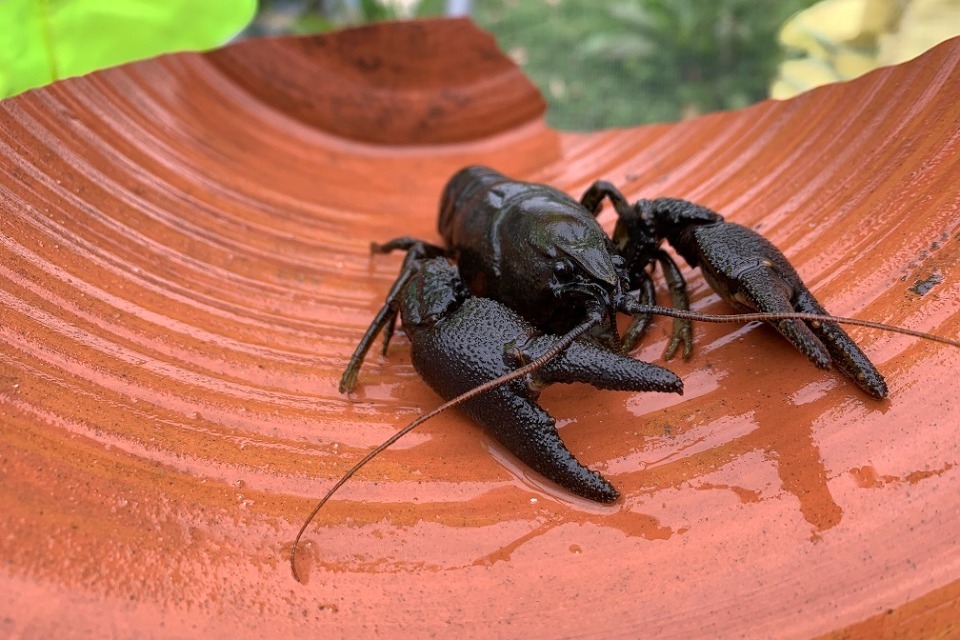What's On
UK continues to lead international efforts to secure a lasting…
Going Out
Thames Rockets has launched the £1.6m Rocket Rebel, the largest, fastest…
Reviews
The watches have officially risen, bringing the much needed sunshine…
Latest Articles
The best gifts you can buy for gamers” datanexthead/>nAs a consumer journalist, Pete has reviewed hundreds of products…
New right to neonatal care leave and pay enters into force this weekend. Parents of babies in neonatal…
Some of the most iconic trees in our landscape highlighted in unique survey. Mapping will help to accurately identify locations of…
We’ve been spoilt for choice in the European train travel department recently, haven’t we? A whole host of…
For almost 100 years, Disney has produced countless animated classics that are still played in homes around the…
The Prime Minister welcomed Prime Minister Mia Mottley of Barbados to Downing Street this morning.
Plans to expand the size of London Luton Airportwhich would see it almost double in capacity by 2043,…
Ian Murray lays wreath with survivor in Manhattan as Edinburgh Royal Military Tattoo pay moving tribute at memorial…
In Spotlight
The week-long workshop showcased best practice in innovative technologies to…



